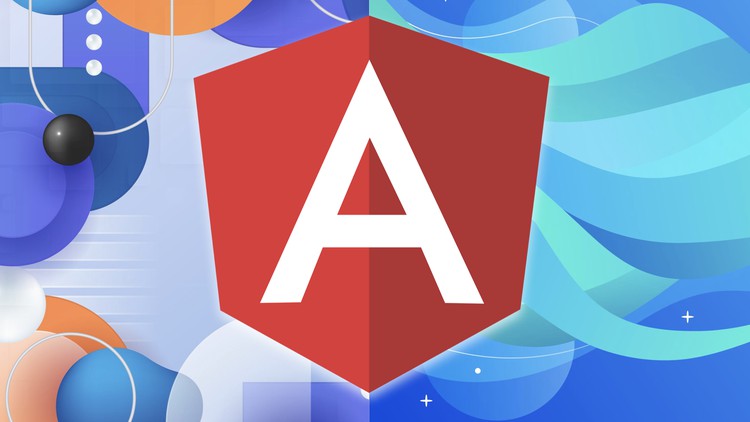admin2024-03-16T11:32:34+05:00
The Vital Key to Angular Mastery
Table of Contents:
- A fundamental introduction to Angular
- Why do we need to use Angular?
- Mastering components and directives
- Data binding
- A guide to effective routing
- What are services?
- Dependency injection in Angular
- Summary
Welcome to a journey into the cutting-edge world of Angular! In this blog, we’ll delve deep into Angular, an influential front-end framework that has transformed web development. Get ready for insights, best practices, and tips to unleash the full potential of Angular in your projects.
A fundamental introduction to Angular
Angular, developed and maintained by Google, is a powerful open-source front-end framework. It offers a structured approach to building dynamic single-page web applications. With features like two-way data binding, dependency injection, and modular architecture, Angular streamlines the development process.
Why do we need to use Angular?
Angular is a valuable choice for web development due to its robust features and advantages. Its modular architecture enhances code organization and scalability, making project management more efficient. Declarative UI with HTML makes code more readable and intuitive. Angular ensures a consistent user experience across different platforms by addressing cross-browser compatibility issues. The official CLI automates development tasks, and strong TypeScript support enhances code quality. Angular’s versatility extends to cross-platform mobile development.
Mastering Components and Directives
Components
Components are Angular’s building blocks, encapsulating logic, structure, and styling of specific parts of the user interface. They enable the creation of reusable and modular code, breaking down complex applications into manageable units. Components facilitate the composition of intricate interfaces by combining smaller, specialized components.
Directives
Angular directives extend HTML, allowing developers to add behavior or manipulate the DOM declaratively. Built-in directives like ngIf, ngFor, and ngSwitch simplify common tasks such as conditionally rendering elements or iterating over lists. Directives contribute to the dynamic nature of Angular applications by enabling DOM modification based on changing application states or user interactions.
Data Binding in Angular
Data binding establishes a dynamic connection between the application’s UI and its underlying business logic. It ensures synchronization and real-time updates between the presentation layer and the data model, serving as a bridge between them.
A Guide to Effective Routing
Routing maps a URL to a specific component to be displayed when the user navigates to that URL. Navigation involves moving between different views or components based on user interactions. Angular provides various navigation methods, such as using the routerLink directive in templates or programmatically navigating using the Router service. Routes can include static data associated with the component, useful for passing information that doesn’t change based on user input.
What are Services?
Services act as handy toolboxes facilitating communication and sharing functionality across different parts of an application. They provide a central place to manage and store shared data, acting as messengers carrying data and information.
Dependency Injection in Angular
Angular’s Dependency Injection (DI) system injects dependencies (such as services) into components or other services that require them. It takes care of creating and maintaining instances of services, ensuring each component receives the appropriate dependencies.
Summary
Angular is a robust framework empowering developers with a comprehensive suite of tools for modern, dynamic web applications. Recognize Angular not just as a technology stack but as a strategic asset for crafting sophisticated web solutions. Its modular architecture, declarative approach, and seamless integration of services exemplify its commitment to delivering a professional-grade development experience.

